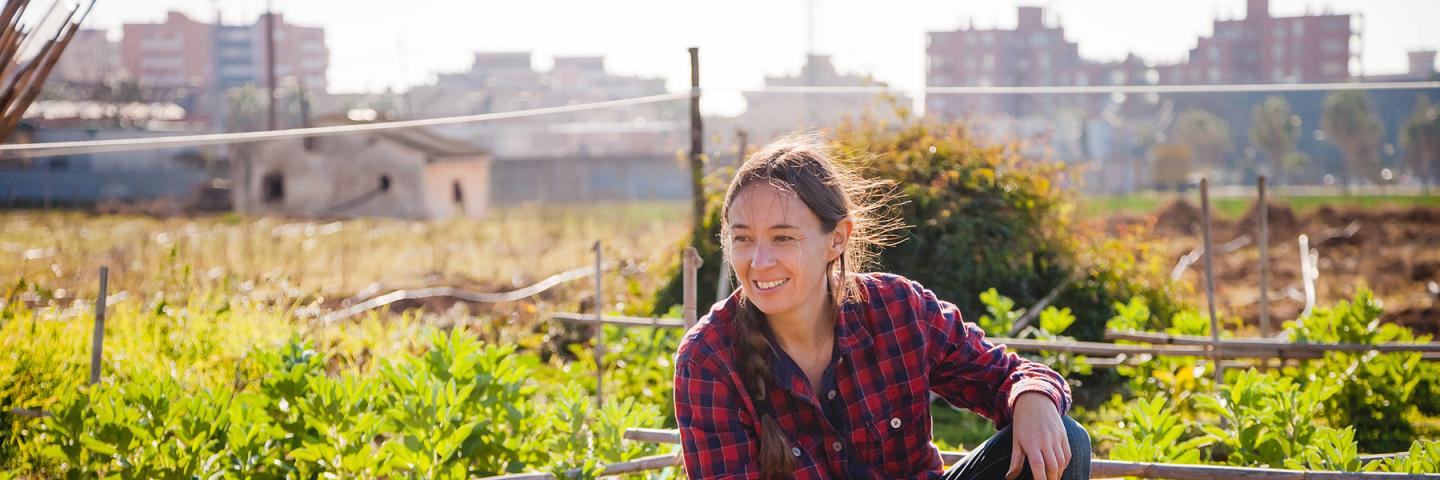
According to the U.S. Census, about 80 percent of the nation’s population lives in urban areas. This fact alone is enough to justify the need to identify, describe, and map urban soils to modern standards.
The Natural Resources Conservation Service (NRCS) and the National Cooperative Soil Survey (NCSS), with leadership from the NRCS Soil and Plant Science Division, are working to improve data for soils in urban areas. For many urban areas, the current soil information is incomplete, outdated, or nonexistent. Even in the areas where urban development has expanded into previously mapped areas, the soils in these areas have been changed so much that the maps may no longer provide correct information.
Soil characterization information is needed because the natural resources are used intensively and provide valuable ecosystem services in urban areas. Detailed, modern information on soils can directly serve the public and strongly impact human health and quality of life. Collaborative, goal-oriented mapping projects and technical soil services address the soil data needs of community groups, engineers, landowners, urban farmers, and urban planners.
Baseline urban soil survey data can guide the management of the major urban centers and suburban areas where most of us dwell, serving to direct the best use of open space and the optimal delivery of soil ecosystem services.
Goals of Urban Soil Survey
Urban soil surveys gather valuable information to assist in predicting and explaining soil distributions and functions. With this valuable information, the NRCS and NCSS—
- improve the availability of urban soil survey data,
- enhance the accuracy of soil survey data in urban communities,
- produce relevant soil data for local needs, and
- support urban agriculture and small-scale farming operations.
Benefits of Urban Soil Survey
These vital data are used to manage ecosystems, increase food production, inform restoration planning, manage stormwater, mitigate urban heat island impacts, and assist all of us in making wise conservation decisions concerning our natural resources.
- Science-based conservation and land management in urban areas enhances—
- urban and small-scale farming,
- economic opportunity,
- soil and ecological management, and
- engineering and stormwater systems.
- Urban soil surveys provide baseline data and interpretations based on—
- real-world conditions,
- soil properties,
- soil health, and
- other ecological information.
Additional Information on Urban Soil Survey
Sign up for email updates on urban soils.
Contact Soils
Please contact us if you see something that needs to be updated, if you have any questions, or if you need accessibility assistance.

